How to Tell Your Winery Story in a Way That Generates Sales
If you’re reading this, you’ve probably noticed by now that selling your wines or spirits online with wine marketing isn't always easy. Nobody gets...
6 min read
 Dan Salisbury
:
12/2/22 9:58 AM
Dan Salisbury
:
12/2/22 9:58 AM
Many who love data also love wine, but the converse is rarely true. Wine is fun, flirty, artistic – scientific in its production, yes, but more of a passion project on the whole. As a conversation topic, “data” invites the sudden onset of narcolepsy.
What do we really mean when we say “ wine data”? More than beeps and boops, spreadsheets, and cheesy visions a la your old Windows ‘98 screensaver, data is actually just an intimidating synonym for “information.”
Wine industry data is the best salesman out there. It tells us which products or wines to make more (or less) of, who to spend our advertising dollars on, and what bands to book in the tasting room. It clues us into how our beverages are actually being enjoyed by real customers in the market. It’s the feedback loop that – if given proper attention – allows distilleries to dominate and wineries to win over their competitors.
Let’s get specific. We all subconsciously and automatically filter out irrelevant information day and night. With every word you’re reading, your brain has chosen this blog post as the most likely path to survival and is deliberately ignoring – to varying degrees of success – the road noise happening outside your window, the fan in your computer, your growling stomach, maybe kids or dogs if you’re working from home.
Why, in our businesses, is it so hard to be as judicious? Staying disciplined with our time and money requires paying attention to the most relevant information to the complete neglect of everything else. The 80/20 rule for sales is not only real in the wine industry, but the only path to success – no exaggeration. The true ratio may ebb and flow slightly; perhaps 90% of your revenue comes from the top 10% of your customers. Adopting a hyper selective mindset, however, is exactly how the world’s leading brands are able to shut out overwhelming amounts of competition.
For real-world examples of wine data in our industry, perhaps a guided tour makes the most sense. Imagine yourself playing various roles along the winery or distillery sales gamut.
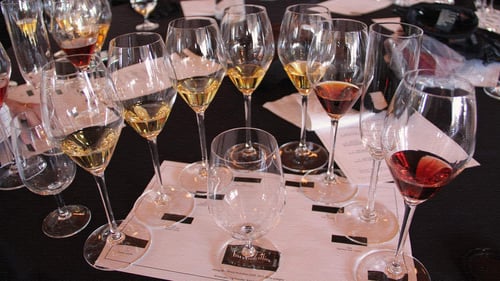
In the winery tasting room, data looks like empty wine glasses and plates, restless guests waiting on the check, the number of bodies during tonight’s event, standing room or empty seats, remaining inventory behind the bar. If the house is packed tonight and all of the fresh squeezed bits and bobs you spent an hour preparing this morning remain untouched at closing, maybe it’s time to order less fruit.
Off premise, data revolves around inventory and customer data collected through membership and customer loyalty programs, but there are also less obvious ways of monitoring customer behavior. How do various arrangements in the stacks and aisles affect wine sales? Perhaps the local whiskeys, when bundled together on an endcap, tend to fly off the shelves. Maybe organizing the wine department by varietal performs better in Lincoln, while the Omaha location sees better revenue organized by country of origin. Wine sales statistics will always be the driver of your future business decisions, well at least they should be.
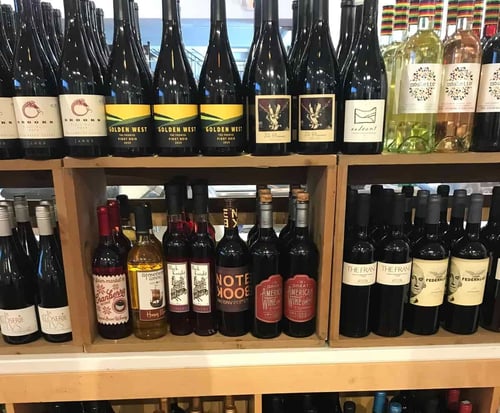
Wine and spirits salespeople and distributor reps are perhaps the most accustomed to looking at data in the form of depletion reports, RAD data, their CRM of choice – even if, shamefully, that’s really just a drawer full of business cards.
Some metrics are more useful than others; “accounts sold” and number of accounts called on, for instance, reveal very little about how many cases are actually leaving the warehouse. Side note: if you want sales, try looking at depletions (by account type or account) instead. What we measure (or pay attention to), we tend to get more of.
From an owner or sales manager perspective, data like the number of private dining rooms or outdoor seating areas tell us a lot about the kind of volume that a restaurant, bar, or hotel deals in regularly. This information dictates the amount of time and energy that a sales team should be spending on these potential buyers vs. all the other retailer partners out there. Not all accounts are created equal; wine data and statistics gives us the discipline to allocate our sales resources to only the most desirable, lucrative accounts in the market.
For every bit that data is useful to all aspects of the wine business, those in the Direct to Consumer (DtC) game are flying hopelessly blind without online wine sales statistics.
We tend to think of more formal mediums like the ads dashboard as being data-rich, but a simple glance at the comments section on a post or ad also counts as valuable data. One can glean an incredible amount about their customer experience through direct messages and reviews, and – when that falls short – there’s always the ability to ask outright and gather feedback directly through surveys. These organic means of observing real consumer interaction with the brand are not just good customer service; they offer suggestions for improvement and insight into what’s already working well, and what needs to go.
Metrics like Cost per Purchase, Return On Ad Spend, and Average Order Value help us make decisions about which ads and landing pages are performing the best. Data points like these point us in the right direction for continued ad spend and help us fine tune our messaging.
What does it mean to be data-driven? Put simply, it’s listening and responding accordingly.
Selective hearing doesn’t just get us in trouble with our spouses. Throwing a bigger budget on your favorite video – not the best performing one – is the marketing equivalent of nodding and grunting while your significant other talks about their day and immediately asking, “what’s for dinner?”
Simply gathering information is not enough. Marketers must determine what’s working and what’s not, and then allocate the winery’s resources accordingly. Split testing, or “A/B testing” is the most scientific, foolproof way of determining exactly which element of your creative or targeting is performing better vs. another. If you tweak more than one element of creative at once – the image and the headline, for instance, you’ll have no way of knowing which one – the image, or the headline? – is responsible for the lower Cost per Result.
This is all honky dory in theory, but what is one supposed to do with this information? Admittedly, data is worthless noise in the wrong hands.
Remarketing audiences, or retargeting audiences, are best built with a customer list (at minimum, a CSV file with 100 email addresses) that has a 1:1 relevance to the desired outcome of this campaign. What’s the call to action? What do you want the customer to do? Purchase a case of your Black Friday sale wines? Well, grab as many contacts as you can from any of the following sources and use them as the basis for your lookalike audiences:
The larger the customer list, the more data points, the better. Platforms like Facebook and LinkedIn will match their current users to your list using the data points you provide, so your chances of marketing to larger lookalike audiences increase if the system is able to identify individuals based on fields like email address, city, state, zip code, first name, and last name.
What if you want to get more club membership signups at the end of the year? Grab your most engaged subscribers (who click on and open everything) and build custom and lookalike audiences based on their email addresses. Even better, take everyone who has spent above a certain amount in their lifetime as a customer (include the Lifetime Value, or LTV metric) – it might be $150 or more – and target them alone with your wine club campaign.
The customers who have already spent the most money on your products represent your warmest prospects. Why not make them lifelong fans and even evangelists for your brand by “wowing” them with your wine club memberships and top notch service? It costs so much less to nurture this repeat business than it does to acquire new customers.
Download our Digital Ads Cookbook below; it will guide you step-by-step on launching different kinds of Facebook and Instagram ads like generating new email subscribers, packing out events at your winery or distillery, driving consumers to local retailers, and MORE!
Wine Sales Stimulator exists to help busy, overwhelmed winery and distillery owners sell more. With over 40 years of experience in this industry, we know exactly what strategy you need to adopt next. Email help@winesalesstimulator.com and let us prove our value by giving your business some wins right out of the gate.
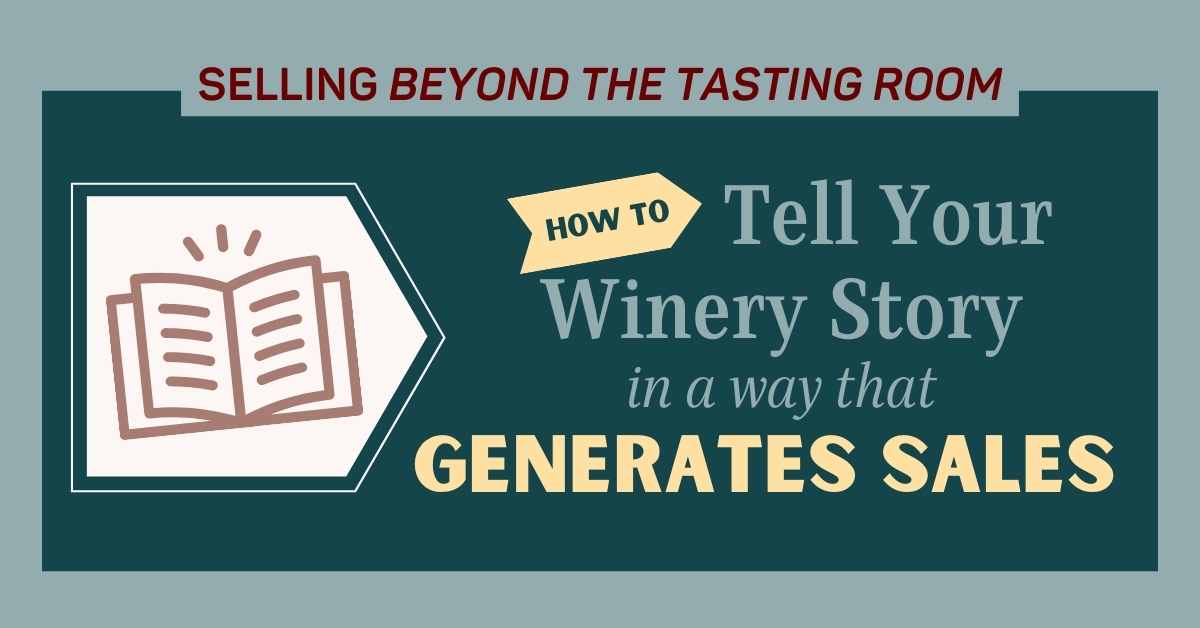
If you’re reading this, you’ve probably noticed by now that selling your wines or spirits online with wine marketing isn't always easy. Nobody gets...
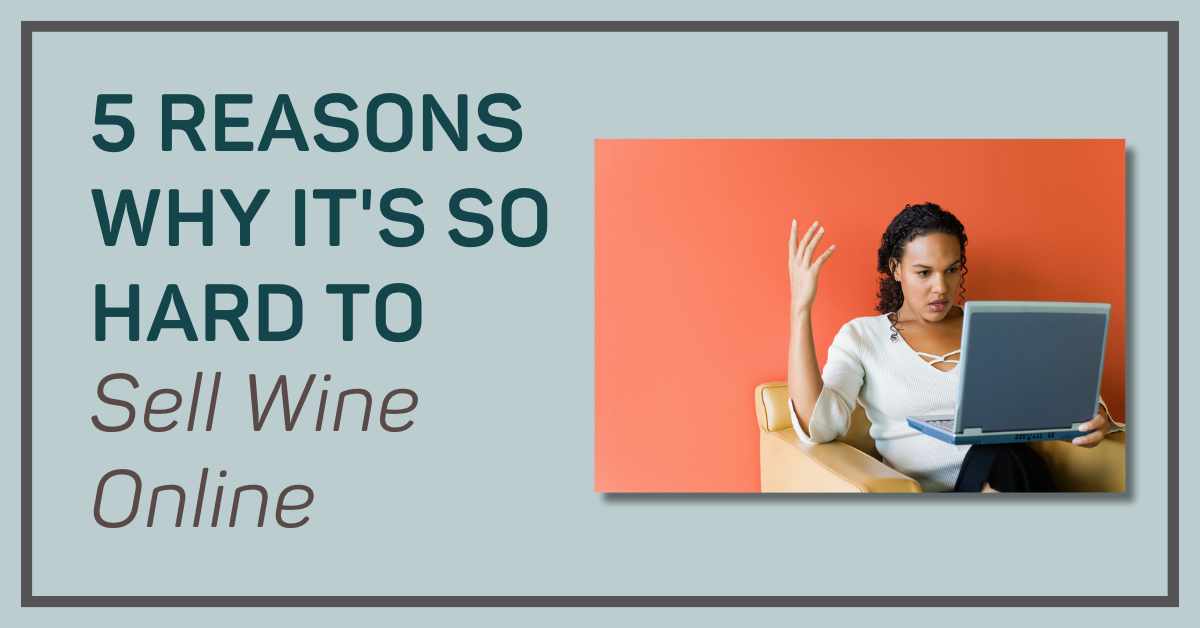
Some things are harder to prove than others: how the universe came to exist, whether or not there’s an afterlife, or that I’m writing this article...
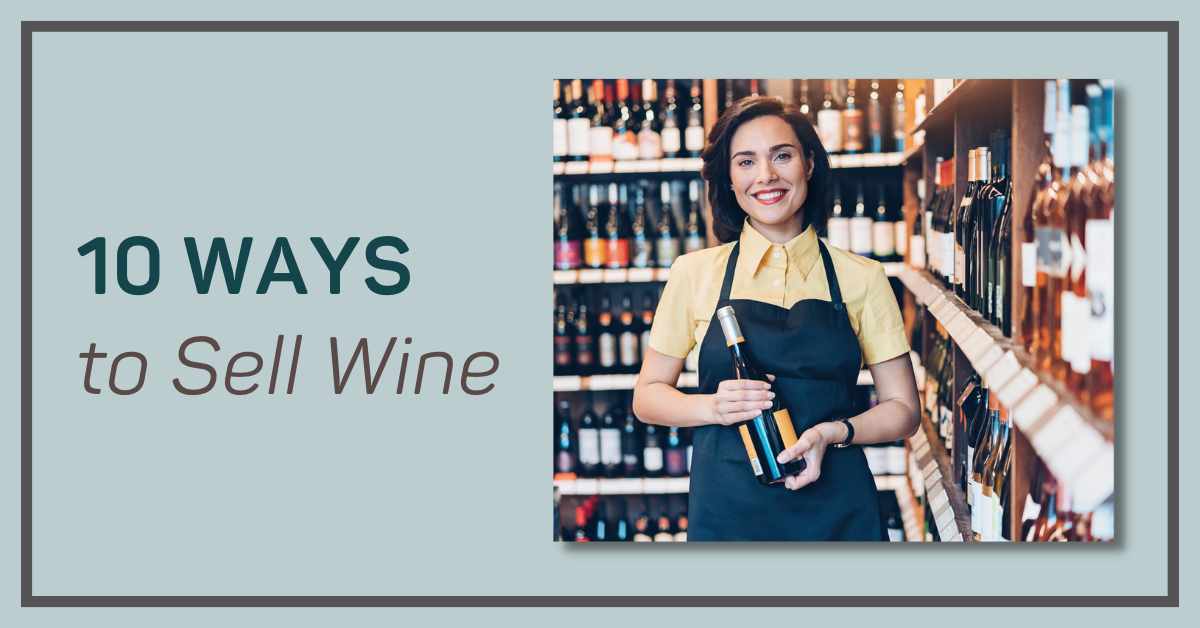
It's getting harder and harder for small wineries and winery startups to sell all the wine they make. This video is aimed primarily at the smaller...